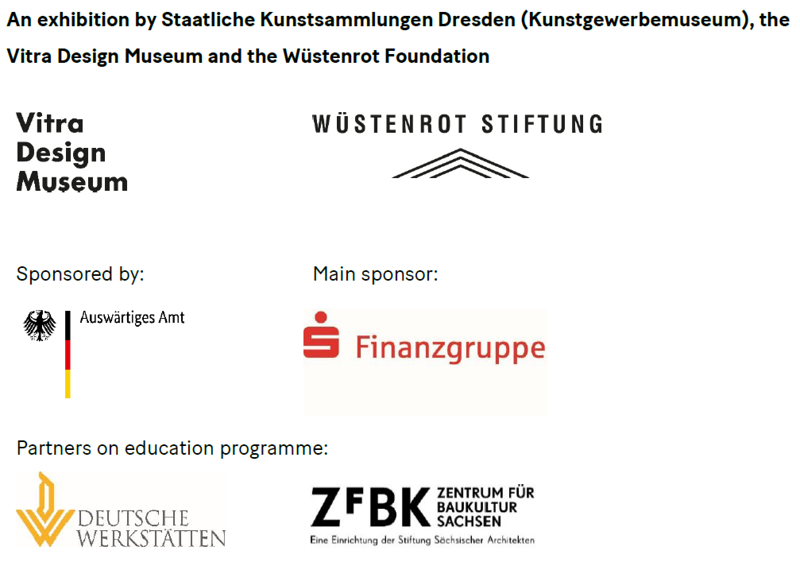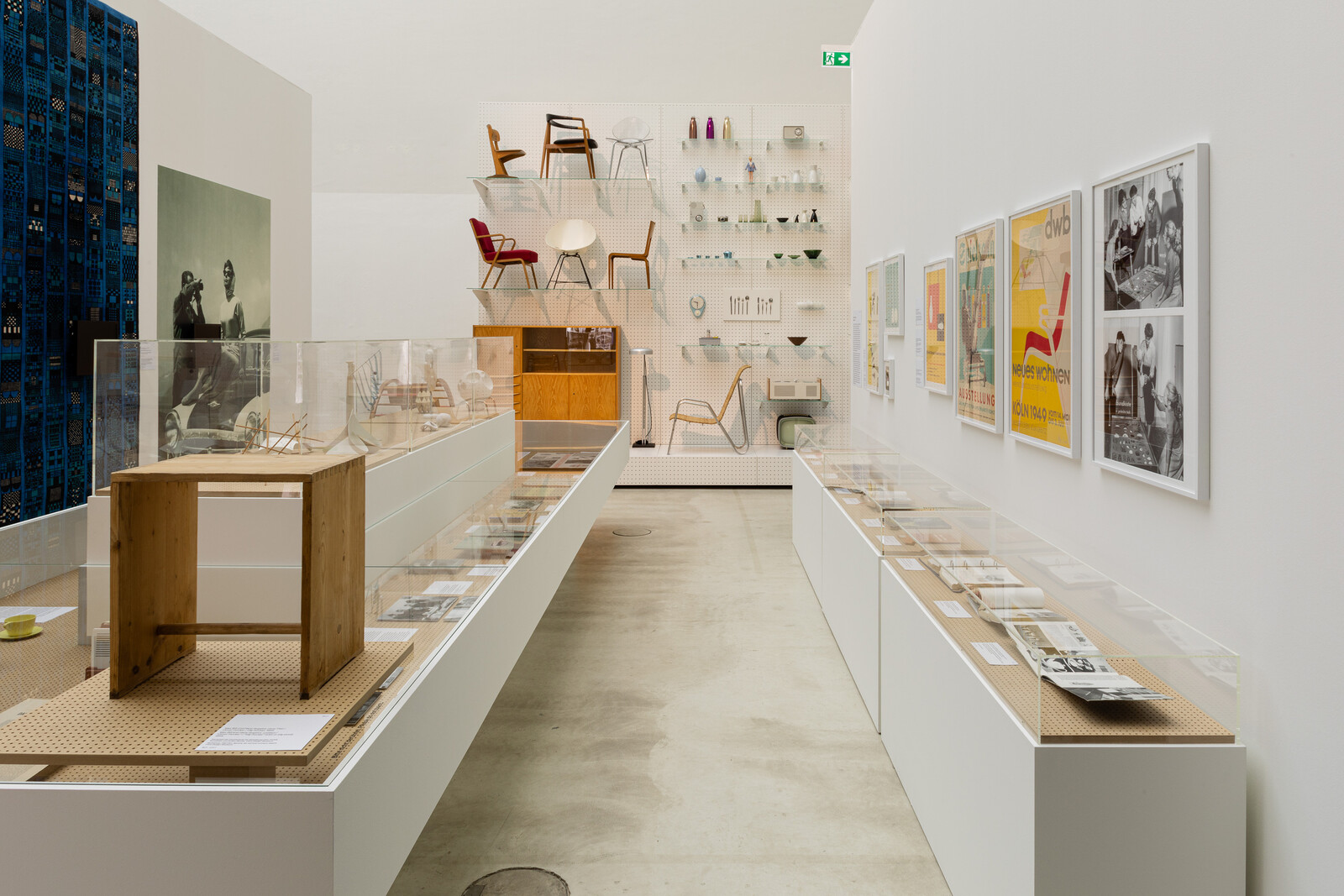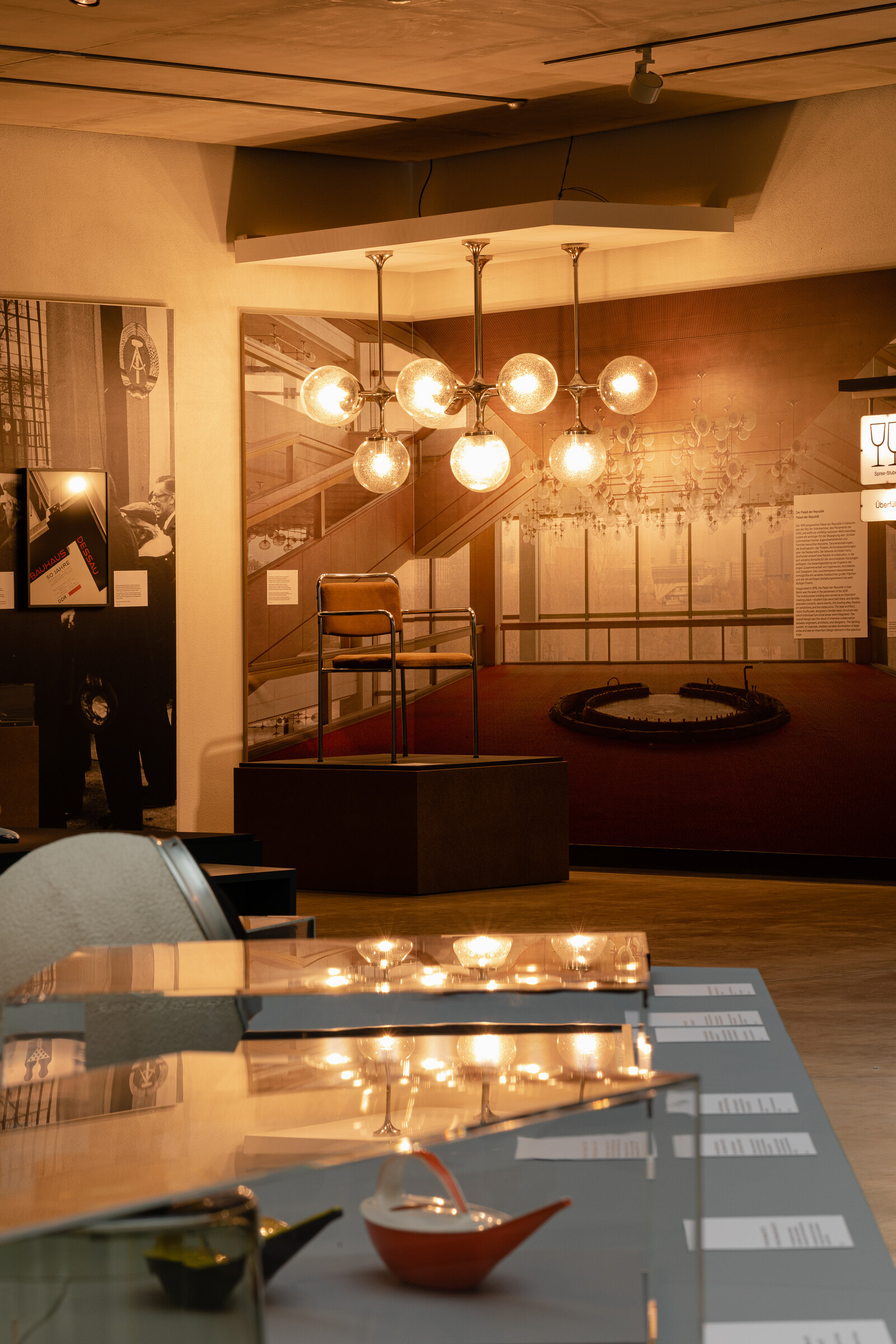October 15, 2021–February 20, 2022
Staatliche Kunstsammlungen Dresden
Georg-Treu-Platz 1
01067 Dresden
Germany
The Kunstgewerbemuseum of the Staatliche Kunstsammlungen Dresden (SKD) presents the exhibition German Design 1949–1989: Two Countries, One History in the Kunsthalle im Lipsiusbau. Curated and produced in cooperation with the Vitra Design Museum, Weil am Rhein, the show provides a comprehensive overview of the history of post-war design in the two German states up to reunification.
More than 30 years after the fall of the Berlin Wall, the two museums address the complex issue of a history of German design that encompasses both East and West. The 390 exhibits range from iconic furniture and lighting fittings, graphic and interior design to fashion, textiles, jewellery and vehicle design. On display are both legendary items from daily life such as the Simson S50 (1975) by Karl Clauss Dietel or Dieter Rams’s radio-phonograph (1956) nicknamed “Snow White’s Coffin,” and new finds and rarities such as Luigi Colani’s “Poly-COR” sculptural loop chair (1968) or Renate Müller’s therapy toys. The exhibition focuses on protagonists such as Rudolf Horn, Margarete Jahny or Egon Eiermann, as well as on influential design schools, the Werkbund design and crafts association, and the Bauhaus legacy, illustrating the interconnections between design and contemporary history, everyday culture and the global political context in divided Germany.
This unusual case of a double history shows the diverging status of design under different material and social conditions. The first section of the exhibition is thus about how design was used in each of the states as an instrument of political propaganda and a means of establishing their identity. Objects are also presented that reveal a connection between the two Germanys, showing that industrial transfer and the practice of linking in with modernist ideas were relevant on both sides of the Wall. The three subsequent sections of the exhibition, “Reconstruction and New Beginnings,” “Two Visions of Society” and “Crisis, Protest and Alternatives,” follow the chronological order of the most important political events such as the establishment of the two states—the FRG and the GDR—in 1949, the construction of the Berlin Wall and the Cold War until the end of German division in 1989. They examine fascinating design idioms from each era, inter alia covering the re-establishment of design teaching and its institutions in the 1950s, the Space Age, and the search for alternatives after the 1973 oil crisis.
The exhibition German Design 1949–1989: Two Countries, One History compares East and West German design on equal terms and in so doing highlights often ignored designers in the GDR. Breaking with previous retrospectives on East German design, which rarely acknowledged their significance at all, this presentation focuses on their creative qualities and their search for design solutions. It holds up East and West German design history against one another, pinpointing the traits and values of “German design” as a whole.
An extensive programme of talks, walking tours through Dresden, film screenings, and curatorial guided tours in the exhibition provide platforms to learn more about design from Germany. Numerous cooperation partners—from the area and beyond—co-host these events.







